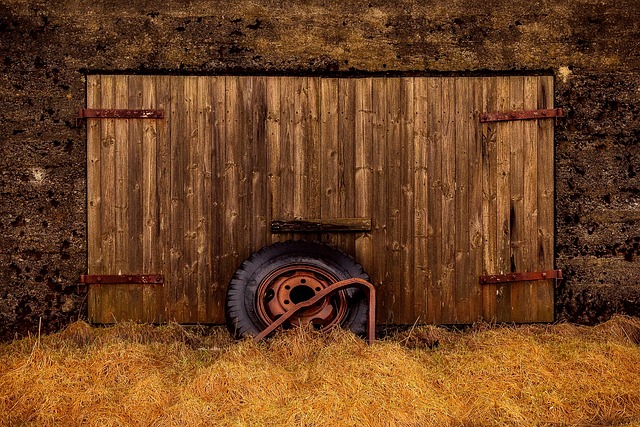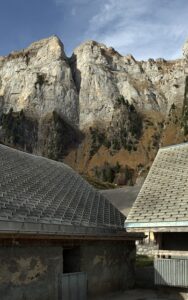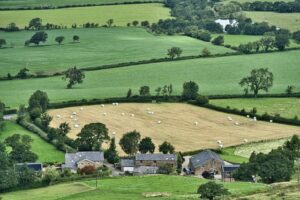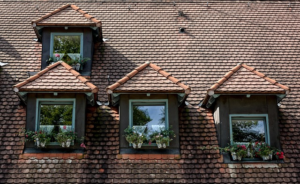To optimize farm shed functionality for large-scale agricultural operations in the Central Tablelands, design must prioritize efficiency and space utilization, adapting to local climatic conditions and terrain. Essential design features include…….
To optimize farm shed functionality for large-scale agricultural operations in the Central Tablelands, design must prioritize efficiency and space utilization, adapting to local climatic conditions and terrain. Essential design features include high clearance for machinery, climate-responsive materials, and an orientation that minimizes wind impact while maximizing natural light. Durable metal cladding provides weather resistance against the region's harsh elements. Layouts should be specialized for activities such as storage, livestock housing, and crop processing, with a focus on streamlined workflows to enhance overall efficiency. Enhancing productivity is achieved through climate-appropriate ventilation, energy-efficient lighting, and effective insulation, all of which contribute to long-term cost savings. By integrating these elements, farm sheds in the Central Tablelands can serve as robust and adaptable centers, capable of meeting the complex demands of modern farming. Farm Sheds emerge as a pivotal component for the success of agricultural operations in this region.
- Optimizing Crop Storage and Equipment Shelter with Large Farm Sheds in the Central Tablelands
- Maximizing Efficiency and Space: Design Considerations for Farm Sheds on the Central Tablelands
Optimizing Crop Storage and Equipment Shelter with Large Farm Sheds in the Central Tablelands

Maximizing Efficiency and Space: Design Considerations for Farm Sheds on the Central Tablelands

In the Central Tablelands, optimizing farm shed functionality to accommodate the diverse needs of large-scale agricultural operations is paramount. Designing farm sheds that maximize efficiency and space requires a strategic approach, taking into account the unique climatic conditions and terrain of the region. The sheds should be crafted with ample clearance to facilitate the movement of machinery, reflective materials for heat reflection or retention as appropriate, and orientation that minimizes wind exposure while optimizing natural light. Material choices such as durable metal cladding can provide longevity and weather resistance, essential for the often harsh environmental conditions.
Furthermore, the layout should be tailored to the specific activities it will house, whether for storage of equipment, housing livestock, or processing crops. Consideration must also be given to the workflow between different areas within the shed. For instance, implementing a design that minimizes the distance between feeding and collection points can enhance efficiency in livestock operations. Additionally, incorporating features like ventilation systems tailored to the local climate and installing energy-efficient lighting and insulation will not only improve productivity but also contribute to cost savings over time. Attention to these design considerations ensures that farm sheds on the Central Tablelands become versatile, robust hubs of agricultural activity, capable of withstanding the demands of modern farming practices.
In concluding this discussion on farm shed solutions for the Central Tablelands, it’s clear that large farm sheds play a pivotal role in optimizing crop storage and providing ample shelter for equipment. The region’s unique climate and terrain necessitate thoughtful design and construction to ensure maximum efficiency and space utilization within these structures. By adopting modern farming practices alongside strategic shed design, farmers can significantly enhance productivity and profitability. As such, investing in farm sheds tailored to the Central Tablelands’ conditions is not just a matter of practicality but an essential step towards the sustainable growth of the region’s agricultural sector. Farmers are encouraged to consider these sheds as versatile assets that serve both immediate operational needs and long-term development goals.






